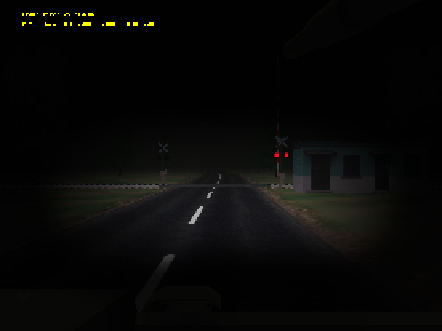Graphics Reference
In-Depth Information
same with spotlight as long as the appropriate setting of the irradiation direction, the
light spot position, the cone angle, the attenuation constant, linear attenuation para-
meter, the second parameter and the irradiation distance attenuation parameters [2].
4.1.2 Synchrotron Light Source and its Subsidiaries Object
With tank lights, for example, to synchronize the point light source and the tank, which
means the point source moved with the tanks. The process could be divided into two
parts: (1) the position of the point source is synchronized with the tank, i.e. a point
source is always maintained at the front side of the tank; (2) the rotation of the light
irradiation source direction is synchronized with the tank and the pitch synchronization.
From the mathematical perspective, to ensure the synchronization a complex ma-
thematical model was required in order to coordinate transformation. In fact, the DOF
(Degrees of Freedom) node can easily achieve the synchronization. When construct a
tank model, one needs to set the tank lights a DOF node, and set on the corresponding
coordinate origin and axis orientation. The function of GV_obi_inq_by_name_relative
() in OpenGVS can find the node handle of DOF headlight, then use the function of
GV_obi_inq_pos_rot_world () can find the position coordinates and angle of each axis
in world coordinate system, use the position coordinates and the axes corner set point
source's pixel location coordinates and the illumination direction, you can easily
achieve the synchronization.
Fig. 2.
Tank headlights lighting simulation
4.2
Low-light-level Night Vision Simulation
Low-light-level night vision received faint light reflected from the object at night, and
enhanced the faint optical image's brightness for the human eye to be observed [3]. In
the night vision image, due to the role's image intensifiers, the objects in the scene are
no longer showing the original color attributes, but showing different brightness green.
The image resolution is low, only about 5% of visible light, and the instrument itself
has a system noise on the eyepiece with white highlights blinking.
[3]

Search WWH ::

Custom Search